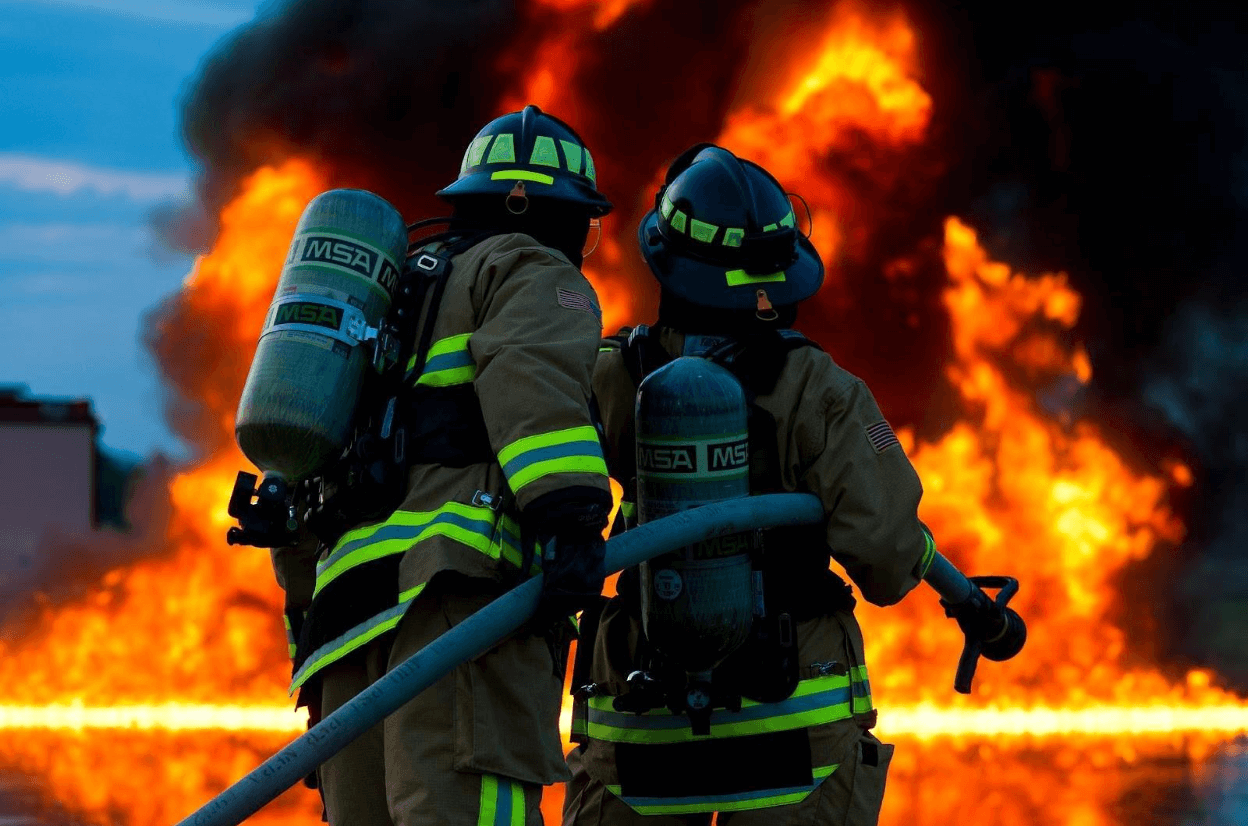Accidents can occur in any workplace. But the setting of different workplaces makes the possibility of accidents more serious in some than others.
According to the U.S. Bureau of Labor Statistics, over 4500 people die in their workplaces yearly, with industries such as fishing and hunting, logging, building and construction, transport, mining, and firefighting among the riskiest.
The risks in these industries result from the nature of the work involved. The good news is that taking proper measures can help make working in such careers less hazardous.
This guide highlights how you can stay safe while working in such environments.
1. Use Protective Equipment
Many high-risk occupations have guidelines on the type of protective equipment to be used when working or at the work site. After long accident-free streaks, employees and employers tend to put their guard down and may sometimes enter or work without proper protective gear.
Being in a hazardous workplace without protective gear is, at best, irresponsible and poses a big risk of injury in the event of an accident. The most common protective gear for dangerous workplaces includes brightly colored vests, helmets, safety glasses, non-slip shoes, and life jackets.
Proper use of safety gear works in two ways; it reduces the chances of an accident and reduces the severity of injuries if it does occur.
2. Get Proper Training
Employers are responsible for ensuring that their employees are safe while on the job by ensuring they put measures in place to reduce the chances of an accident. One of these measures is providing necessary safety training.
Training ensures that the employees know what to do in different situations to ensure they are safe.
You are responsible for showing up and participating in the training sessions as an employee. Unfortunately, most employees view safety training as an obligation rather than a way of keeping them safe and, as a result, fail to take it seriously, putting themselves at risk. The best approach is to look at it as a way of ensuring safety and taking advantage of it.
3. Educate Yourself About Hidden Dangers
Your employer may offer training on the most apparent dangers in the workplace but leave out some hidden dangers. For example, in a firefighting career, you will get all the training to fight a fire and stay safe. Also, your employer will provide you with the gear you need.
However, they may not provide you with information about hidden dangers. So it will be up to you to educate yourself about all the hazards of working in your profession.
One of the hidden dangers of being a firefighter is suffering from cancer due to exposure to the chemicals used to put out fires. You can look up online resources to understand firefighter foam cancer and what you can do after you get diagnosed with this form of cancer.
4. Follow Protocol
Workplaces have different safety protocols. Some safety protocols are a standard in a specific industry. Depending on the employer’s risk evaluation, some safety protocols can be a requirement in a specific workplace.
Safety protocols serve only one purpose; keeping employees safe. Sometimes following protocol may feel like too much of a hassle, but it is among the best ways of ensuring you are safe and that other workers are safe.
5. Eligibility For Compensation
Employers must provide a safe environment for workers. If an employee suffers harm in the workplace, the employer will be liable for damages. Most states require employees to carry workers’ compensation coverage to ensure their employees can recover damages suffered while in the workplace.
You may be eligible for compensation if you have suffered an illness or injury directly related to your occupation. The claims process for minor injuries is pretty straightforward, and you may navigate independently. But catastrophic injuries may result in complications, so it’s always best to get the help of a lawyer when navigating a claim.

